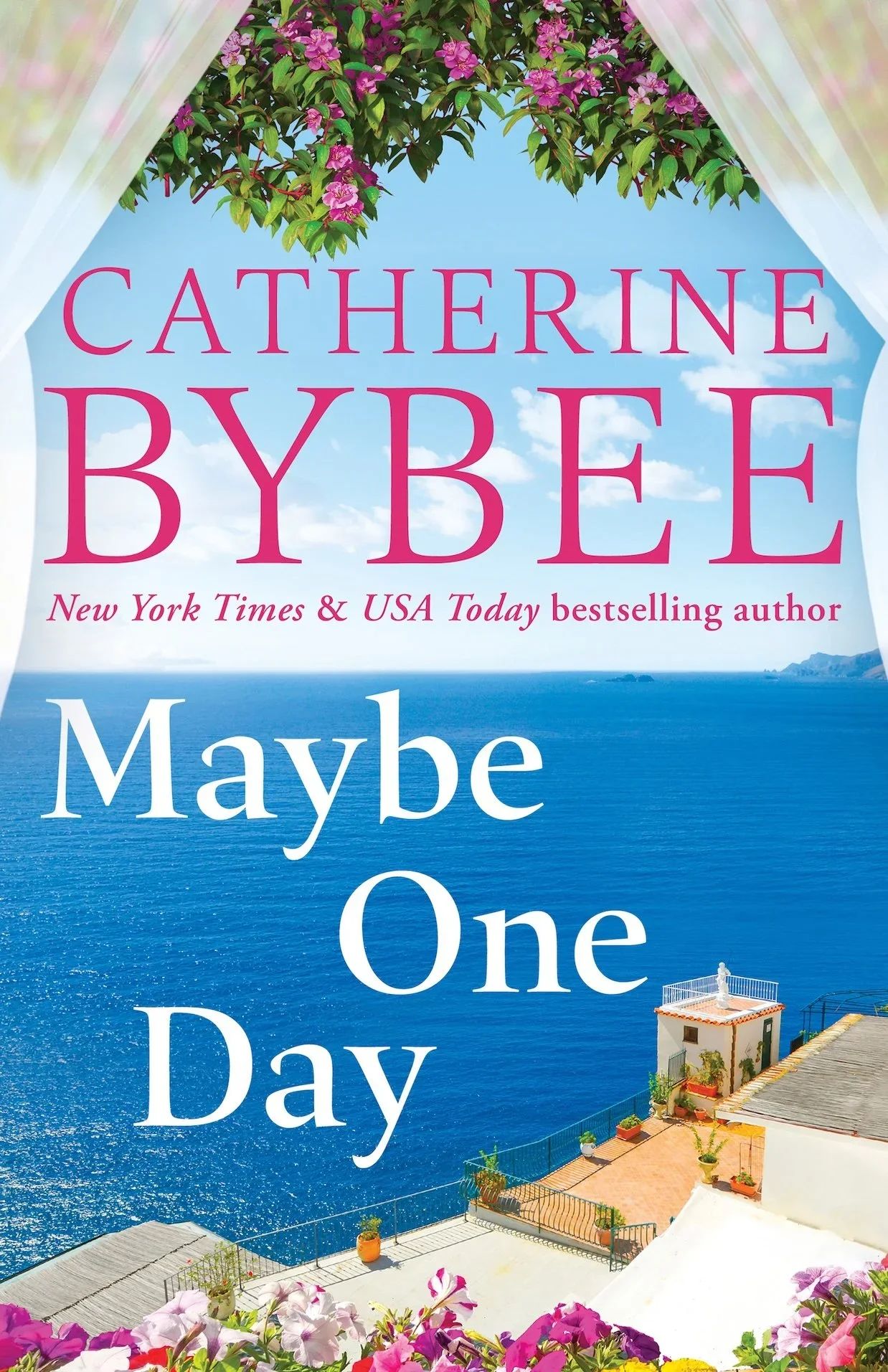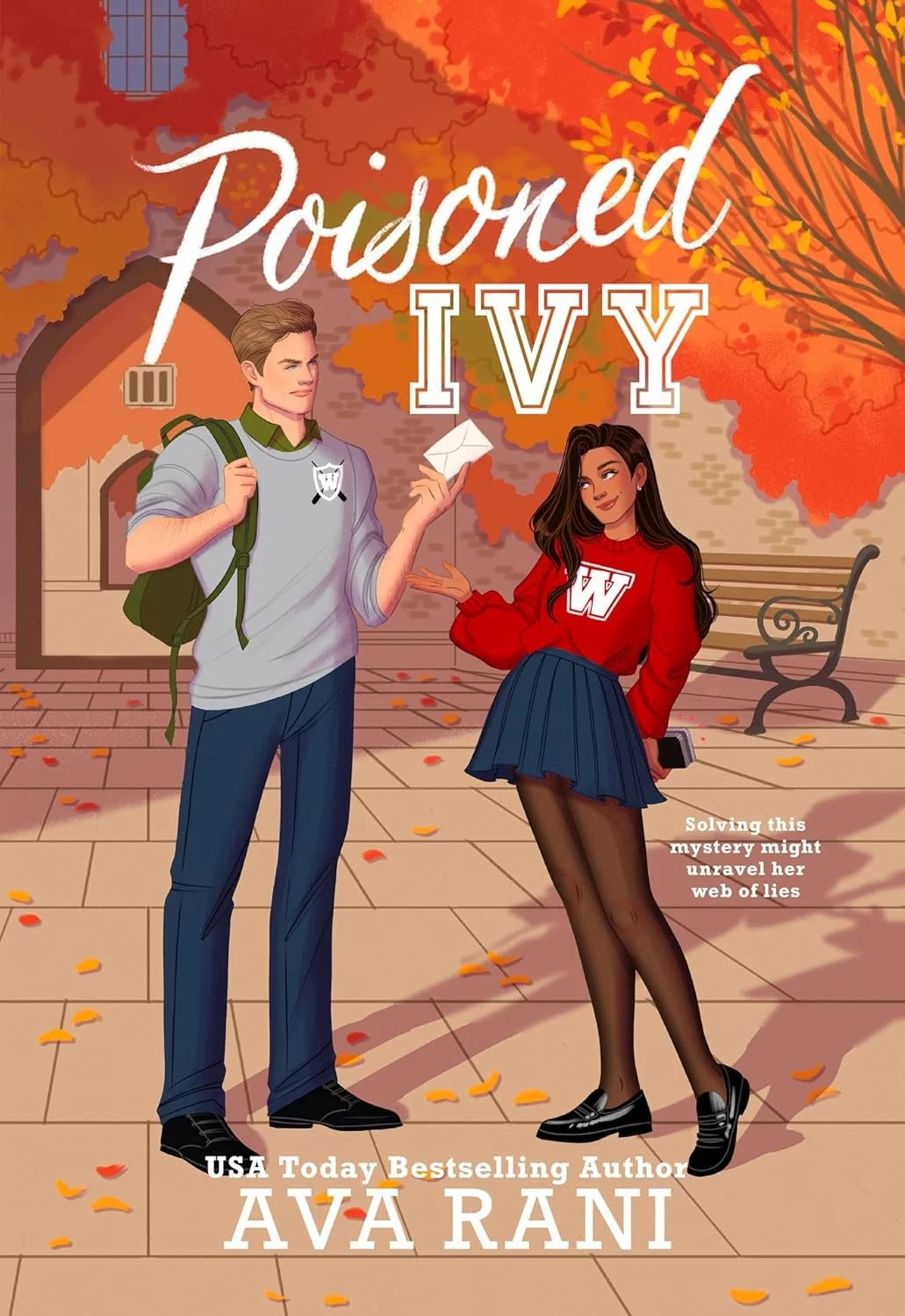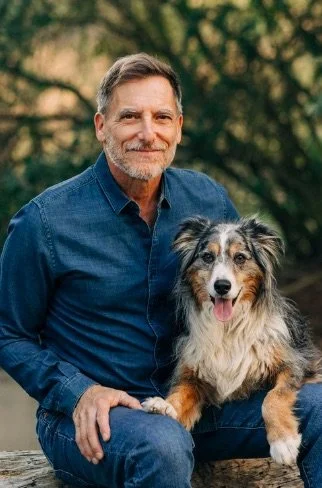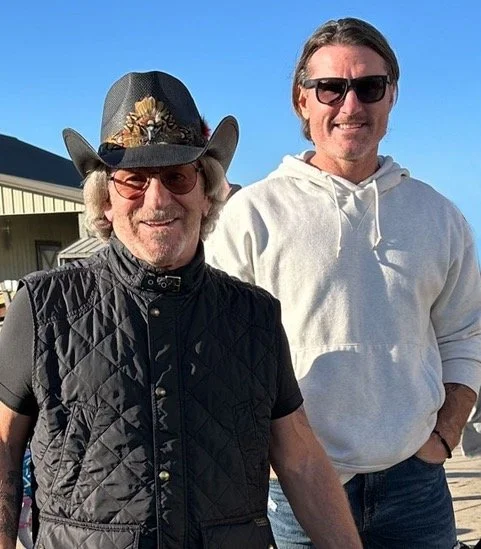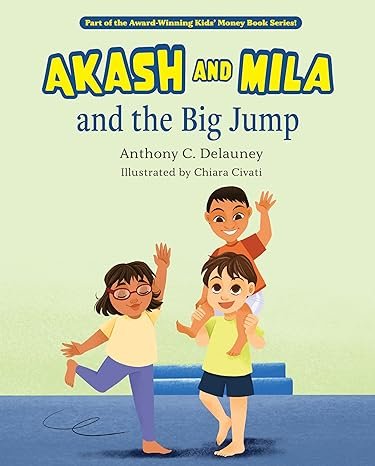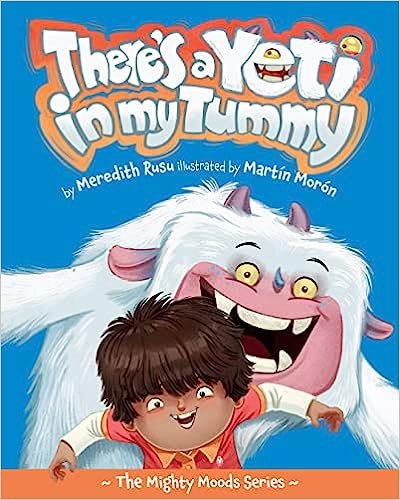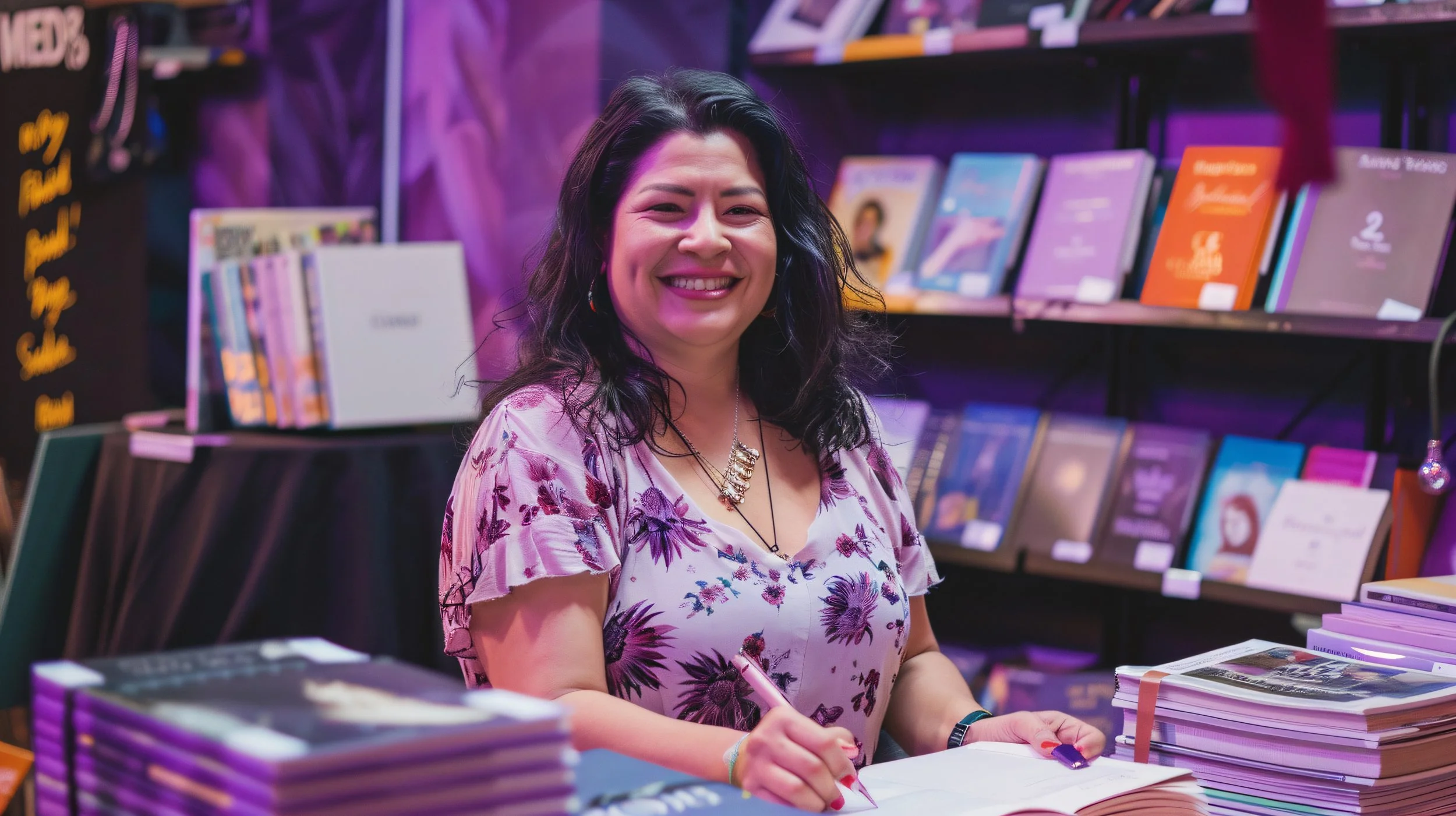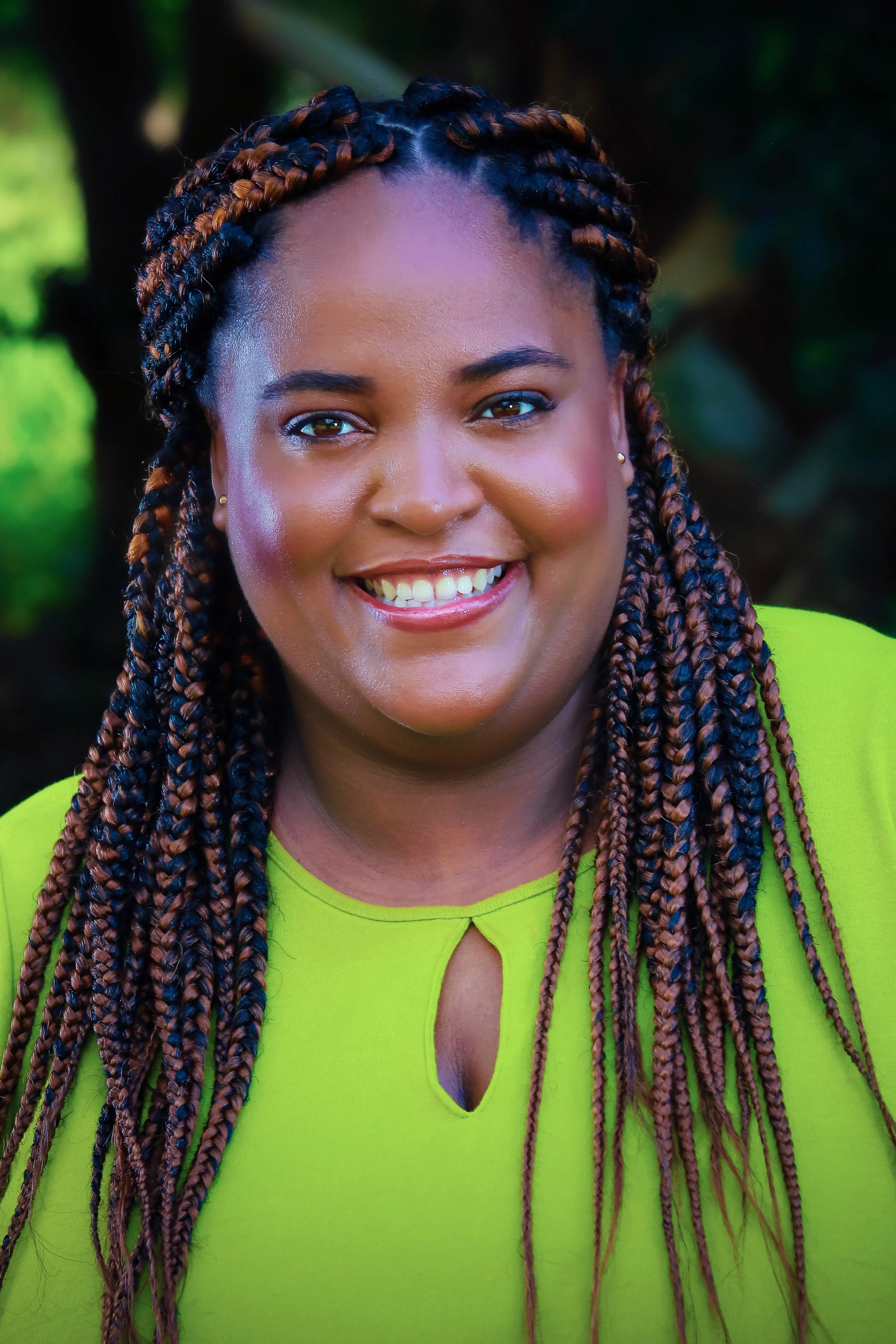The Inspiration Behind Your Body, Your Style: Simple Tips on Dressing to Flatter by Rani St. Pucchi
/After more than 30 years as an award-winning designer and founder of the world-renowned Bridal house St. Pucchi I took a sabbatical to write my books. Writing had always been my passion and as an English major this was a natural transition. Having worked with at least 15,000 brides during the years and knowing the challenges most women face with their bodies and how critical we can be, I felt I could serve the amazing women of this world better by spreading my knowledge thru words. And so, my first book Your Body, Your Style: Simple Tips on Dressing to Flatter Your Body Type was born.
The media makes us believe that we need to be a certain size to be considered “beautiful”. We are bombarded daily with images of models in size zero whose photographs have been airbrushed so much, sometimes to the point of being unrecognizable, that these are the images we look up to and bodies we aspire to achieve. The reality is in fact that the average woman in the United States is size 14.
I feel strongly that if women knew the simple tricks on how to dress their body in ways that will enhance their best assets and camouflage areas they feel uncomfortable about, their self-confidence would sky rocket! In writing this book it is my hope that women will start loving their bodies and themselves exactly as they are without wanting to change to please others, or to feel as if they would belong if only...
The message I would like to get across is that every relationship starts with an individual’s relationship to self. That loving your body is the first step and the key to having an amazing life with your partner, as well as how you show up in the world.
Koehler Books is my publisher.
About the Author
Purchase at: Barnes and Noble
Thirty years ago, Rani St. Pucchi took the bridal world by storm, despite having no formal training in fashion. She is an award winning couture fashion designer and founder of the world-renowned bridal house St. Pucchi. A passionate and dynamic entrepreneur who launched her global empire in the United States in 1985, Rani’s vision was to create an avant-garde bridal and evening couture line with modern styling and classic details. That vision has been realized today.
Renowned for infusing her creations with touches of magnificently colored jewels, exquisite hand embroidery, delicate beading and sparkling crystals on the finest silks and laces, these inspired designs with innovative draping evoke the timeless elegance every woman desires. As one of the foremost designers to introduce exotic silk fabrics and hand embroidery, Rani is applauded for being a pioneer in bringing color to the United States bridal scene, having learned that white does not flatter everyone.
Rani has been recognized and nominated on multiple occasions for her design talent and won numerous awards as a Style Innovator. In addition, she has been honored with the Best Bridal Designer Award at the prestigious Chicago Apparel Center’s DEBI Awards (Distinctive Excellence in Bridal Industry).
Rani is famous for designing the wedding dress worn by “Phoebe” as she captured the hearts of millions when she said “I Do” in a unique St. Pucchi Lilac corset bodice A-line gown on the finale of the hit television show Friends.
Her range of avant-garde designs are worn by the world’s most discerning brides, including celebrities and style icons such as New York Giants’ player Aaron Ross’ wife, Olympic gold medalist Sanya Richards; Dallas Cowboys’ quarterback Tony Romo’s wife Candice Crawford; Actress Tara Reid; Jason Priestley’s wife Naomi Lowde; actress Candice Cameron and Grammy Award winning country music singer Alison Krauss, who donned a specially designed Chantilly lace and silk gown at the Country Music Awards.
Rani has enjoyed much media attention. Her signature designs have been recognized in high profile media such as Entertainment Tonight, Harper’s Bazaar, WWD, Town and Country, Bride’s, Cosmopolitan Brides, Inside Weddings, Martha Stewart Weddings and The Knot.
Rani’s real passion other than the world of design is to help women who have suffered abuse and those who are struggling to find themselves. On her quest to empower women to be their best selves, she is passionate about helping them find their voice through building their self-confidence. She believes that confidence must start with a woman’s love and acceptance of her body.
Renowned for her savvy knowledge of a woman’s form and fit, Rani is eager to share her knowledge of more than three decades with all women so they can make better styling choices. In addition to the book you are reading now, Rani is the author of four upcoming books: The SoulMate Checklist: Key Questions To help You Choose Your Perfect Partner; Seven Types of Men To Avoid: Recognizing Relationship Red Flags; Designing with Heart: A to Z Guide to Bridal Designing; and Unveiling: A Celebrity Fashion Designer’s Story, a Memoir of her Life Journey.
Born and raised in Bangkok, Thailand, Rani now happily lives in Los Angeles, California.







